|
By Jess Fliginger At first glance, it’s easy to mistake a fritillary butterfly for the well-known monarch; both can be seen fluttering across the prairie during the summer months, are similarly-sized, and are orange with black markings. In 2017 I spent the summer surveying for butterflies, particularly regal fritillaries and monarchs, in remnant prairies across the Loess Hills of Iowa. From my experience, the only way to get close enough to identify, or be fortunate to snap a photo of a butterfly is to move slowly and cautiously towards it as it’s fixed atop a flower, busily sipping nectar. Be prepared to pursue a fidgety butterfly for several yards as it swiftly drifts from one flower to the next. It took a great deal of practice and patience before I was able to become a stealthy butterfly ninja. Upon closer observation, the difference between a monarch and a fritillary butterfly becomes more apparent. There are 14 species of greater fritillaries (genus Speyeria) and 16 species of lesser fritillaries (genus Boloria). Both have a widespread range and can be found across the northern half of the United States into Canada, in some southern states, and parts of Mexico. Greater fritillaries inhabit woodland openings, meadows, prairies, and other open habitats where violets are present, while lesser fritillaries primarily live in wet meadows and bogs. Although greater fritillaries are much larger than lesser fritillaries, it can still be difficult to tell them apart while in flight. In total, there are 6 species of fritillaries that call Nachusa Grasslands home: great spangled fritillary (Speyeria cybele), regal fritillary (Speyeria idalia), aphrodite fritillary (Speyeria aphrodite), silver-bordered fritillary (Boloria selene), meadow fritillary (Boloria bellona), and variegated fritillary (Euptoieta claudia). The most common, and easiest to approach, is the great spangled fritillary. Of these, the regal fritillary is the only state-threatened species. A prairie-specialist species, regal fritillaries have drastically diminished throughout the Midwest, with only two localized populations remaining east of Illinois and several small isolated populations east of the Great Plains states and western Missouri. Typically, fritillaries have one brood and one flight period from June to August. Females lay their eggs near violets (Viola spp.), the caterpillar’s main food plant, in shady areas on the underside of dead vegetation. Soon after, the larvae hatch, crawl into nearby leaf litter, and sleep through the winter without feeding. During late winter to spring, the caterpillars begin munching on newly-sprouted violets and mature rapidly. Once fully grown, they pupate for several weeks until an adult fritillary butterfly emerges. Clearly, without violets there would be no fritillaries! Luckily for fritillaries, Nachusa has 7 species of violets throughout the preserve, as well as plenty of nectar sources to choose from. Equally as important to their survival, adult fritillaries require a large variety of nectar sources from native and non-native plants. I usually see them on coneflowers, goldenrods, ironweed, blazing-stars, milkweeds, mints, clovers, thistles – just to name a few. Plant any of these, along with violets, in your butterfly garden, and maybe a beautiful fritillary will pay you a visit. Jess Fliginger worked for Nachusa as a restoration technician during the summer of 2016. She has continued to be involved at the preserve, helping researchers conduct fieldwork and gather data. Working alongside Dr. Rich King in 2018 and 2019, she has collected data on Nachusa’s Blanding’s turtles . In addition, she has been volunteering with small mammal research since 2015, and worked for Dr. Holly Jones as a small mammal field technician in 2019. Lately, she has worked and volunteered in land restoration to enhance her skill set. She plans on assisting with prescribed burns at Nachusa this upcoming spring.
5 Comments
|
Blog CoordinatorDee Hudson
I am a nature photographer, a freelance graphic designer, and steward at Nachusa's Thelma Carpenter Prairie. I have taken photos for Nachusa since 2012. EditorJames Higby
I have been a high school French teacher, registered piano technician, and librarian. In retirement I am a volunteer historian at Lee County Historical and Genealogical Society. Categories
All
Archives
January 2024
|
CONNECT WITH US |
|
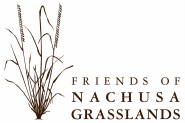
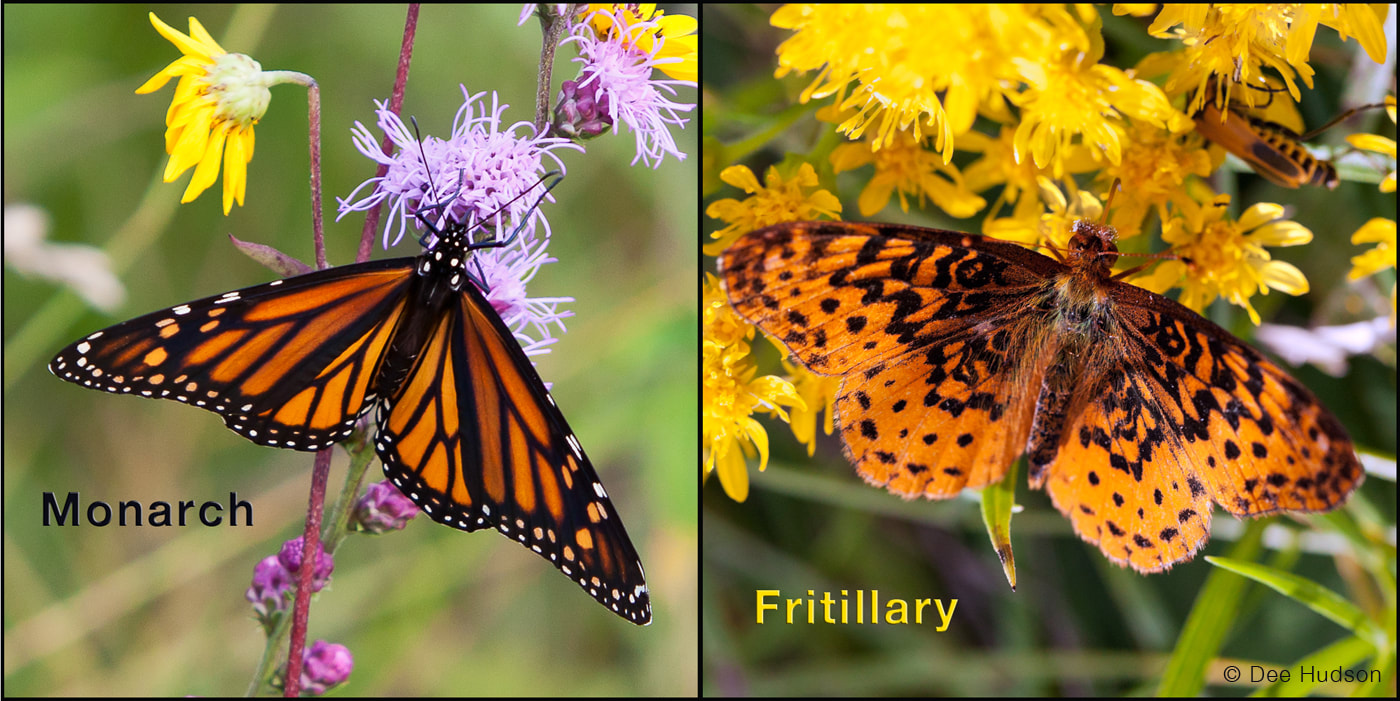
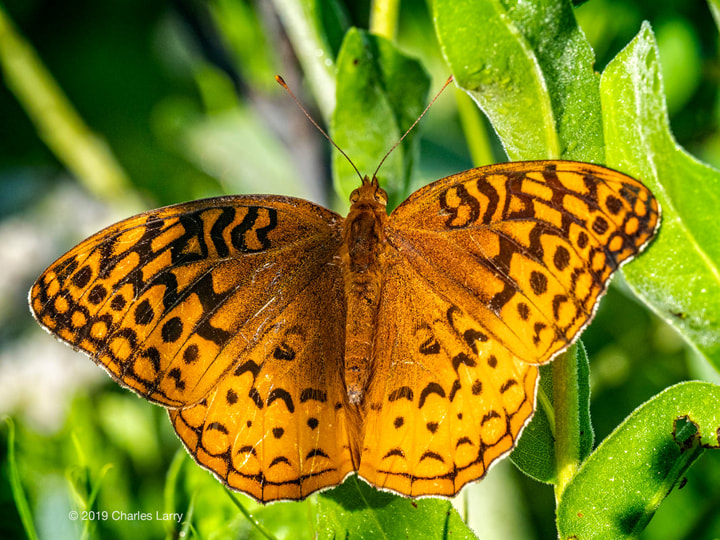
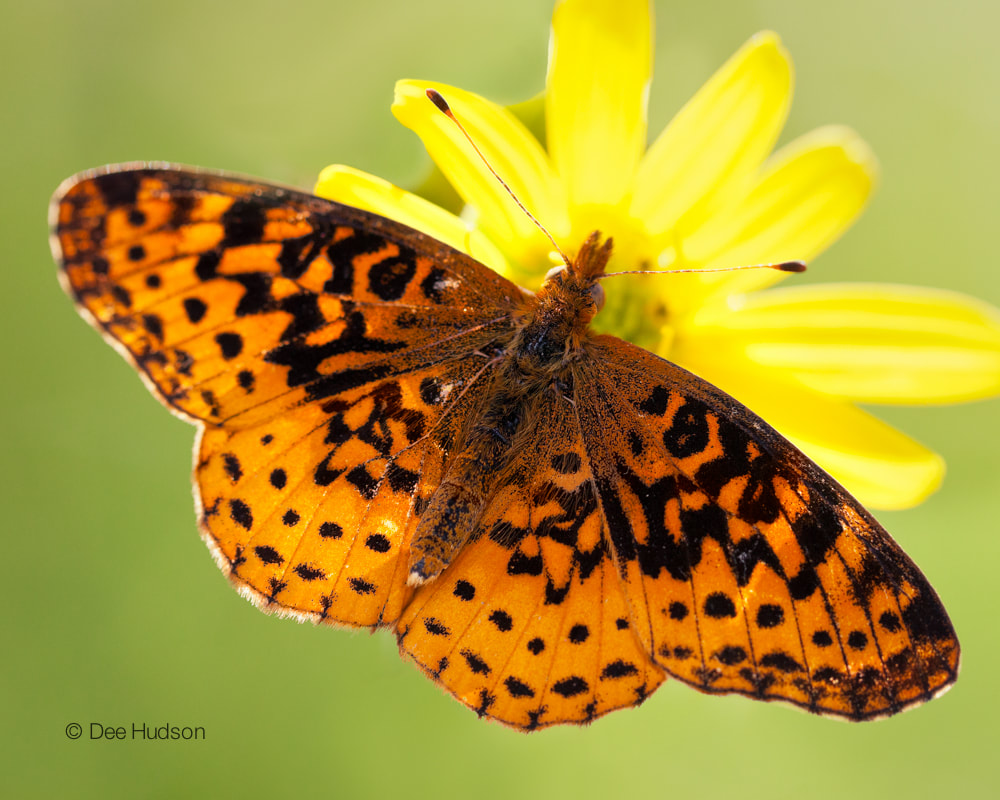
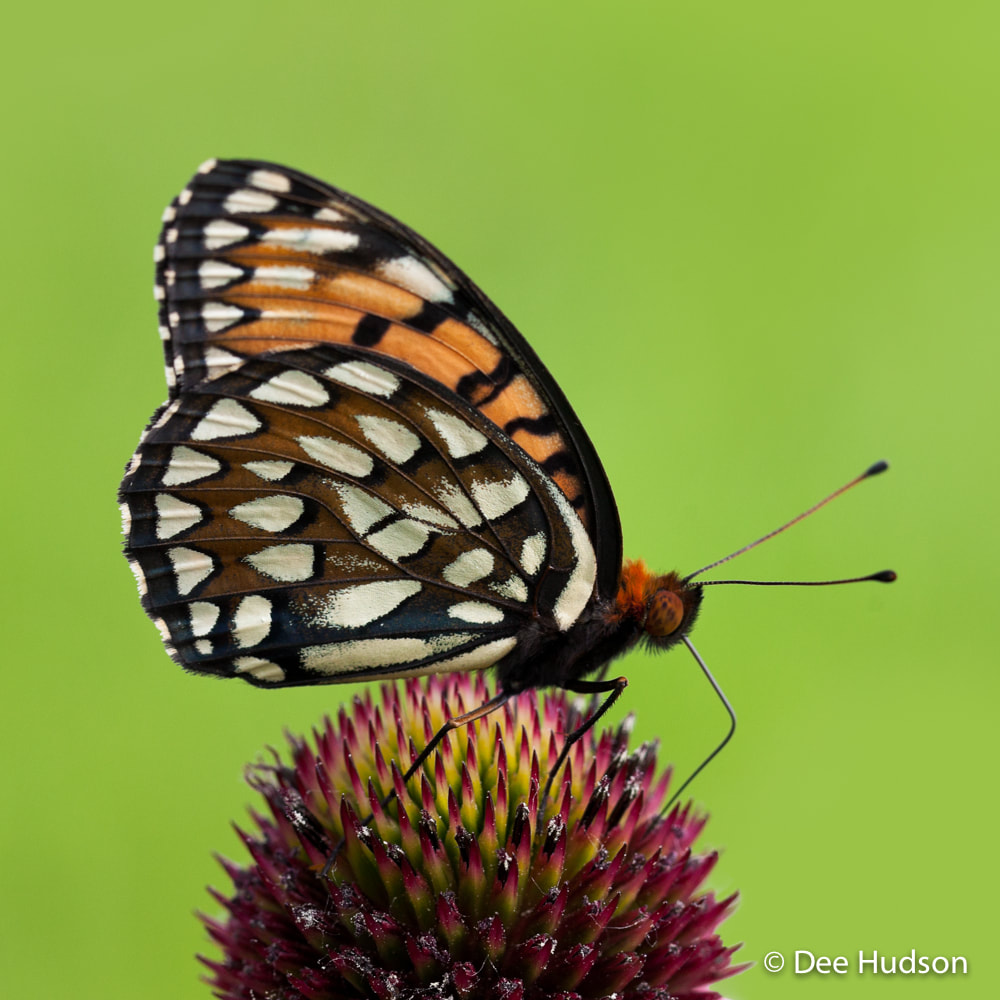
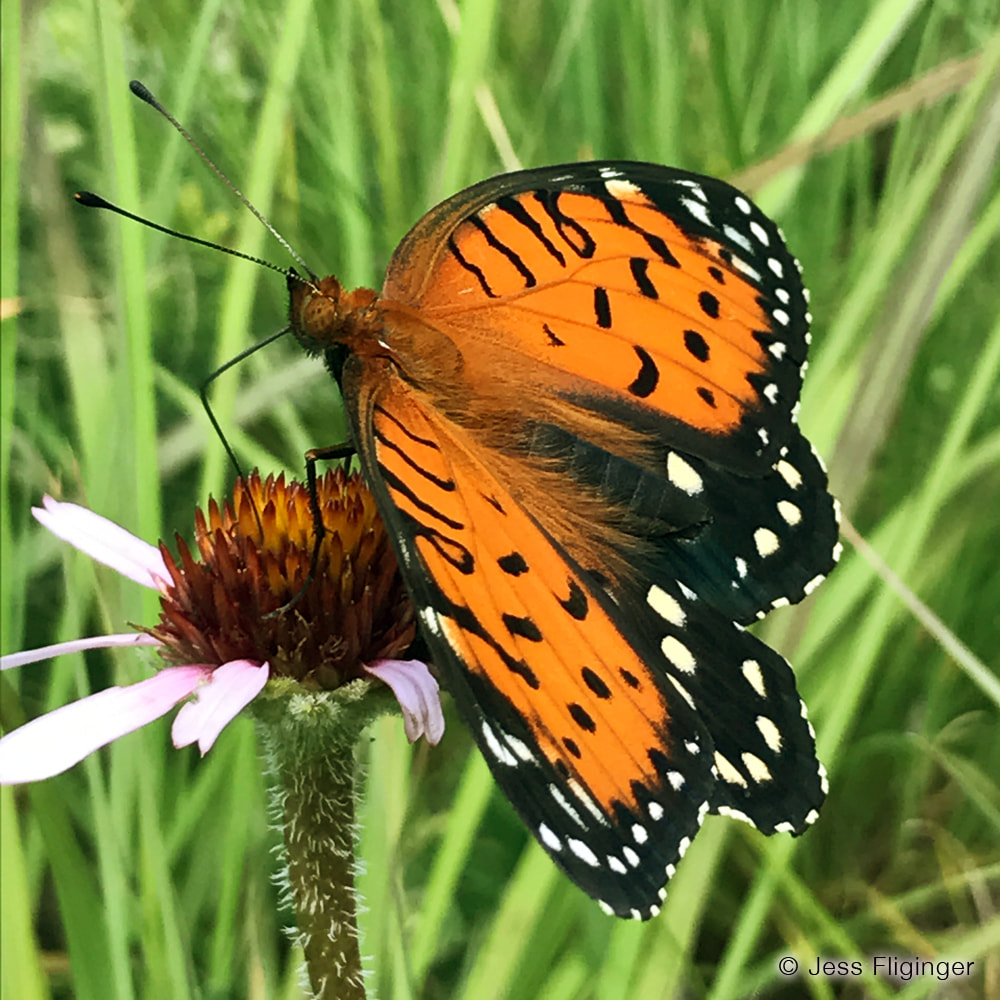
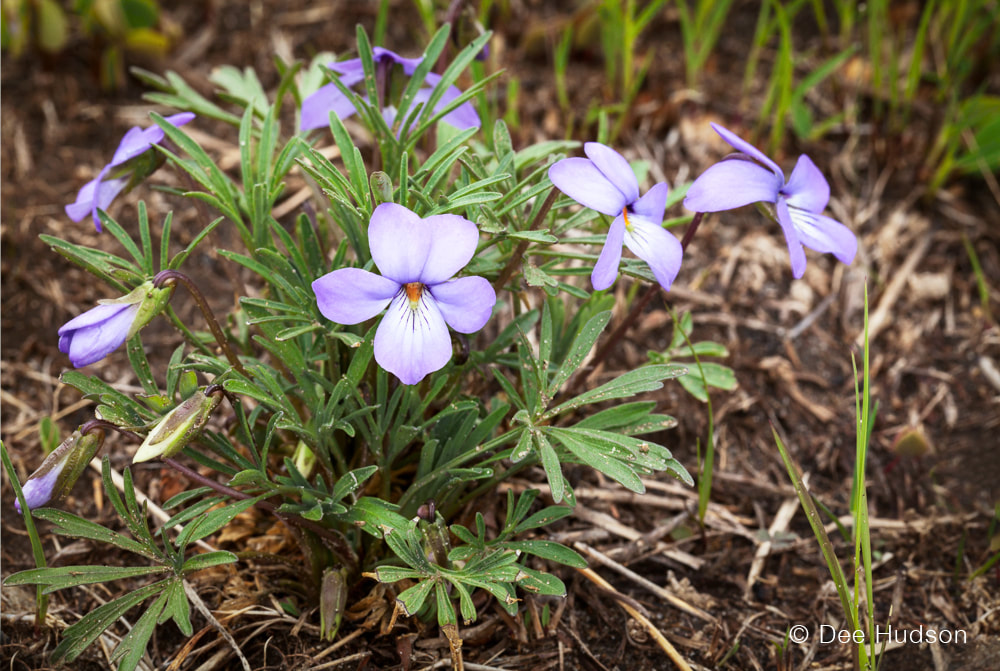
 RSS Feed
RSS Feed